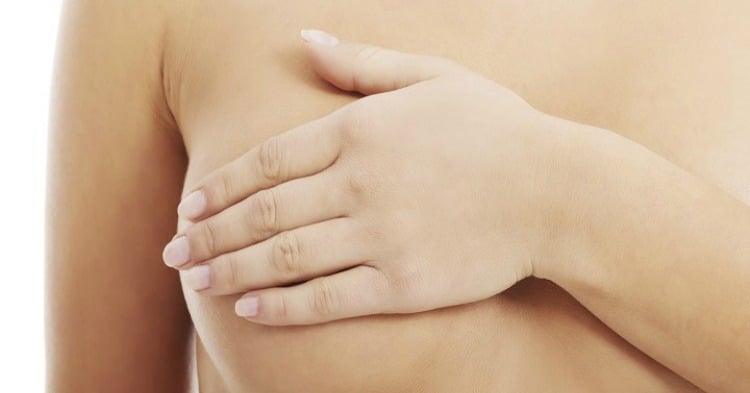
Michelle Smith, Deakin University
You’ll likely know by now about the Free the Nipple Picnic event held in Brisbane on January 17, described by one of its organisers as:
just a way for us to sit around in an open public area and feel that we can have our nipples free and have great discussions.
The Free the Nipple campaign – named after Lina Esco’s 2014 film – is a global push to desexualise women’s breasts and allow women the freedom to be topless in the same places in which it is acceptable for men and boys to do so. But are such campaigns ridiculous in a hypersexualised porn culture? Isn’t the sexual appeal of breasts for men, and many women, “hardwired” and unable to be changed?
The Brisbane picnic drew the attention of hundreds of men online who were troubled that men were excluded from attending, even though the event was intended to provide a safe space for women to gather, free from “sexualisation”.
Contemporary Western culture codes breasts as erotic objects, as the increasing practice of breast enlargement through implants illustrates.
Much of the discomfort and shaming surrounding public breastfeeding stems from the overwhelming understanding of breasts as sexually arousing to the viewer.
There have been repeated instances in which Facebook, for example, has deleted photographs of mothers breastfeeding.
The site’s most recent nudity policy restricts “some images of female breasts if they include the nipple” but now allows “photos of women actively engaged in breastfeeding”.
What is often overlooked in discussions about the sexual appeal of breasts is the fact that they have not always been regarded as irresistibly attractive in all points in history and across all cultures.
Other parts of women’s bodies have been viewed as more enticing than breasts, including buttocks, legs, ankles, hair, and feet. Bound feet (or the “golden lotus”) in ancient China had strong erotic connections and acts that could be performed with them were detailed in illustrated sex manuals.
Top Comments
They (breast banishers) will get over it eventually. There nothing offensive about breasts Breasts aren't genitals, and their primary function is to be baby-feeders. In this instance, men come second..
Are men hardwired to look at breasts? I don't know, so it would be interesting to hear from a biological perspective with research instead of blanket claims by someone studying English Literature. If it is worth discussing then this approach only serves to dumb it down.
Certainly there are theories that it is part of evolution.
4 legged animals generally have rears ends that attract mates. As animals evolved into bipedal movement the rear was no longer as prominent, so breasts became the way of attracting mates.
Hypothesis for the Evolution of Human Breasts and Buttocks
- John GH Cant
'....cleavage mimics the “rump,” which we are accustomed to viewing when “mounting from behind in the ancestral way,” though now we “go about it face to face' - The Naked Ape
The should read 'hypotheses' not 'theories' in the first line.
Interesting theory there. I suspect too that any parts which are part of sexual dimorphism between the sexes is probably going to be a point of attraction and interest.